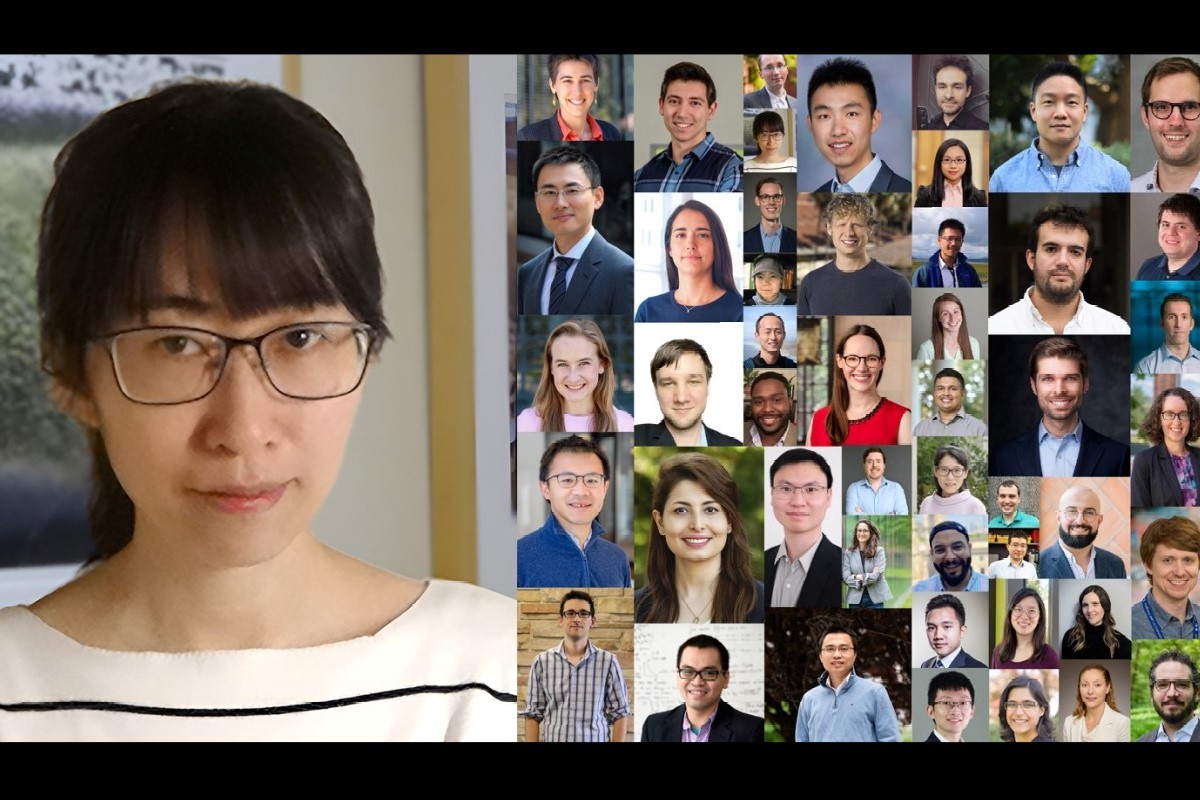
December 22, 2023
Bihui Zhu, an assistant professor of atomic, molecular, and optical physics in the Center for Quantum Research and Technology, is one of 48 researchers named to the 2024 Young Investigator Program by the Air Force Office of Scientific Research for her project titled “Harnessing quantum many-body phenomena with long-range interacting AMO platforms.”
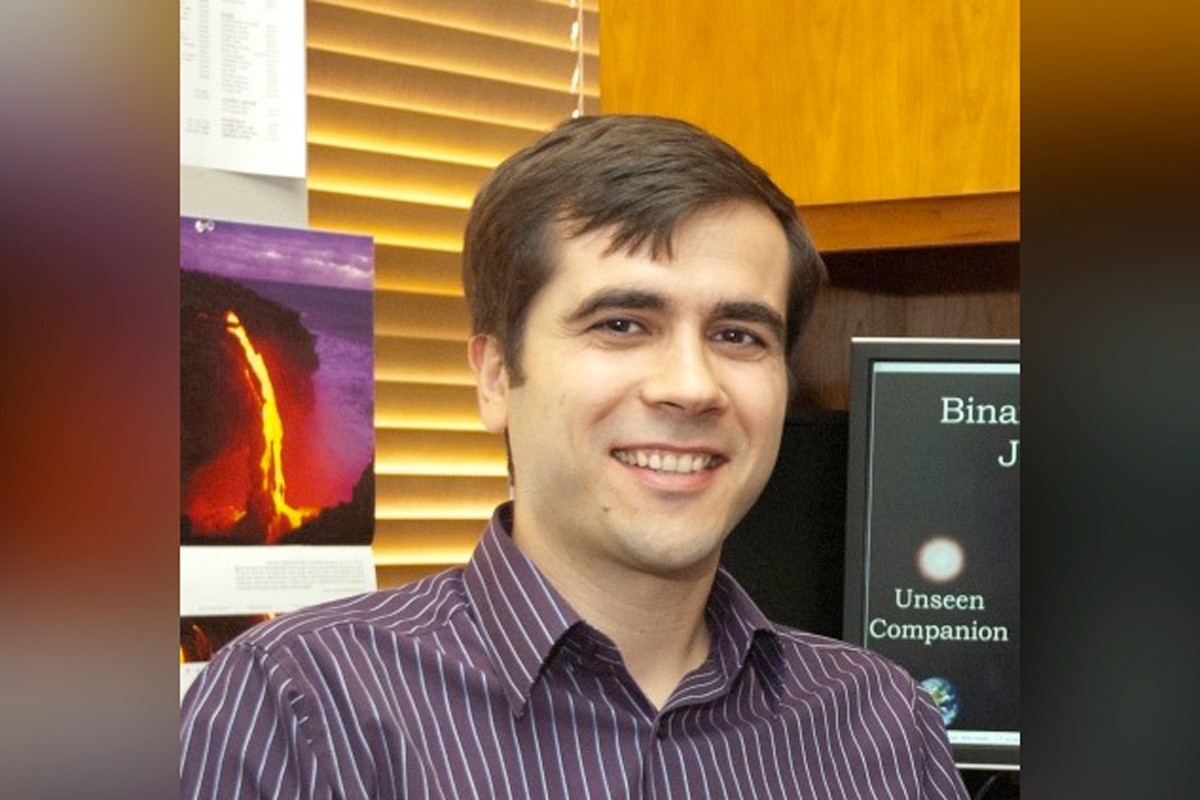
July 19, 2023
Mukremin Kilic, Ph.D., an associate professor of astrophysics and cosmology in the Homer L. Dodge Department of Physics and Astronomy, is one of 14 scientists selected by NASA to join the Ultraviolet Transient Astronomy Satellite Participating Scientists Program.
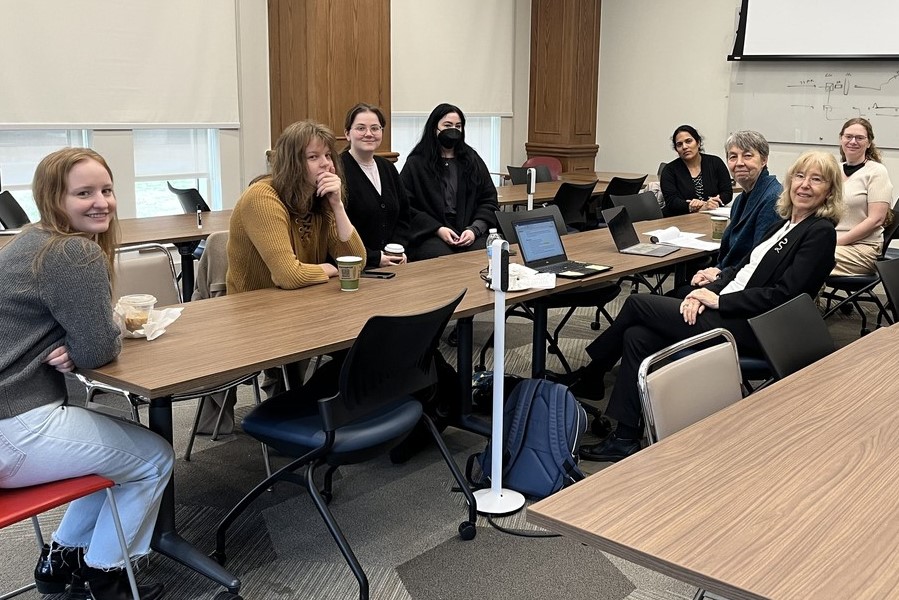
March 08, 2023
On March 8th and 9th, the Homer L. Dodge Department of Physics & Astronomy participated in an APS Improving the Climate for Women Site Visit. This program, run by the American Physical Society, sends 4-person groups of external visitors to physics departments around the country with the goal of improving the department climate for women and other marginalized groups.
Shan Zhong et al.
J. Phys. B: At. Mol. Opt. Phys., 56, 085502
March 2023
Thomas C. Gehrman et al.
JCAP02, 2023, 062
February 2023
Ahmad R. Kirmani et al.
Nature Energy, 8, 191–202
January 2023
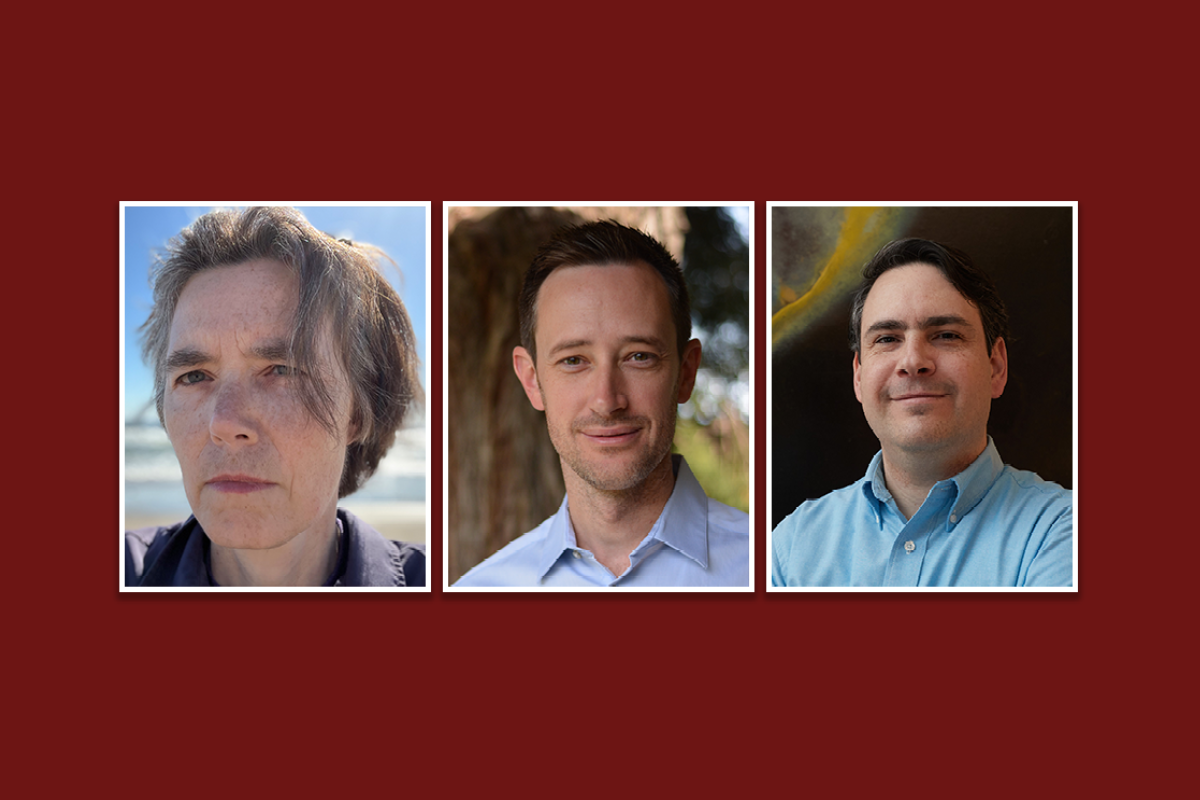
July 27, 2022
The ability to create synchronization is the aim of a new research project led through the University of Oklahoma’s Homer L. Dodge Department of Physics and Astronomy and the Center for Quantum Research and Technology. The three-year project is funded through a $1 million grant from the W. M. Keck Foundation and is led by Professor Doerte Blume, Ph.D. Blume is working with CQRT researchers Grant Biedermann, Ph.D., and Alberto Marino, Ph.D., with the support of postdoctoral researchers and graduate and undergraduate students

In other recent news, Professors Tischler, Santos, and Furis have secured large Federal grants to support new recent themes in the CQRT. Tischler and Santos from the Physics and Astronomy Department at OU in collaboration with Amethyst Research Incorporated (ARI) were granted a Phase II Small Business Technology Transfer (STTR) from the Office of the Secretary of Defense for a total of $1,700,000.00. OU and ARI are working together to develop tunable epsilon-near-zero tunneling diodes in the infrared region to be used as detectors and light sources.
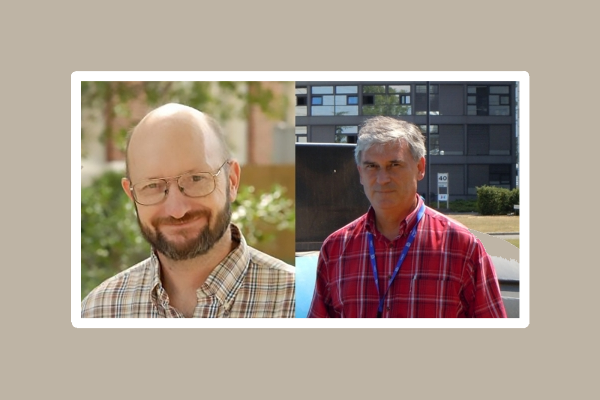
July 14, 2021
Located on the border between France and Switzerland is a laboratory operated by CERN and the location of a 17-mile (27-kilometre) ring underground, the Large Hadron Collider. This site is where University of Oklahoma physicists Phillip Gutierrez and Howard Baer carry out their work, now supported by a nearly $1.7 million grant from the Department of Energy.